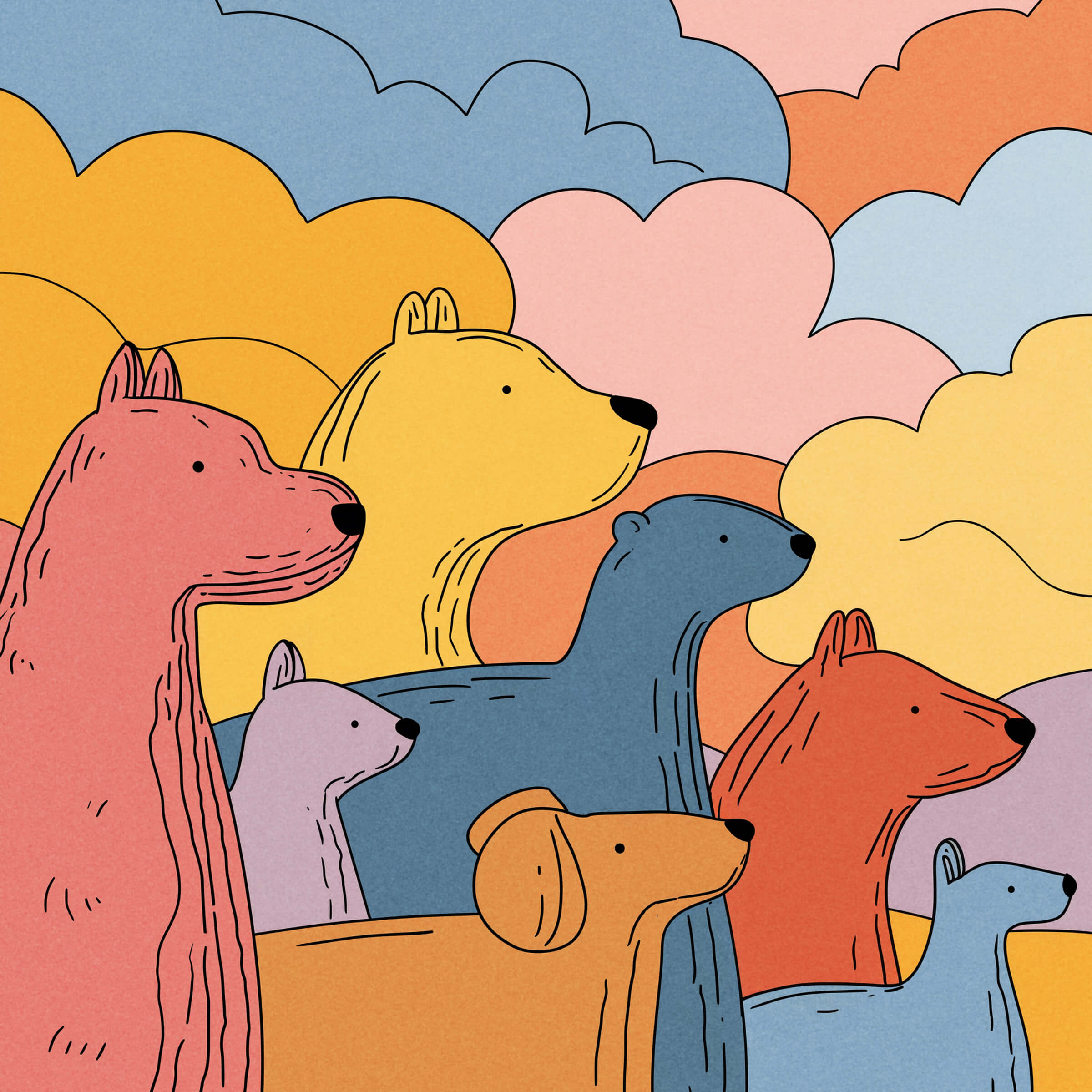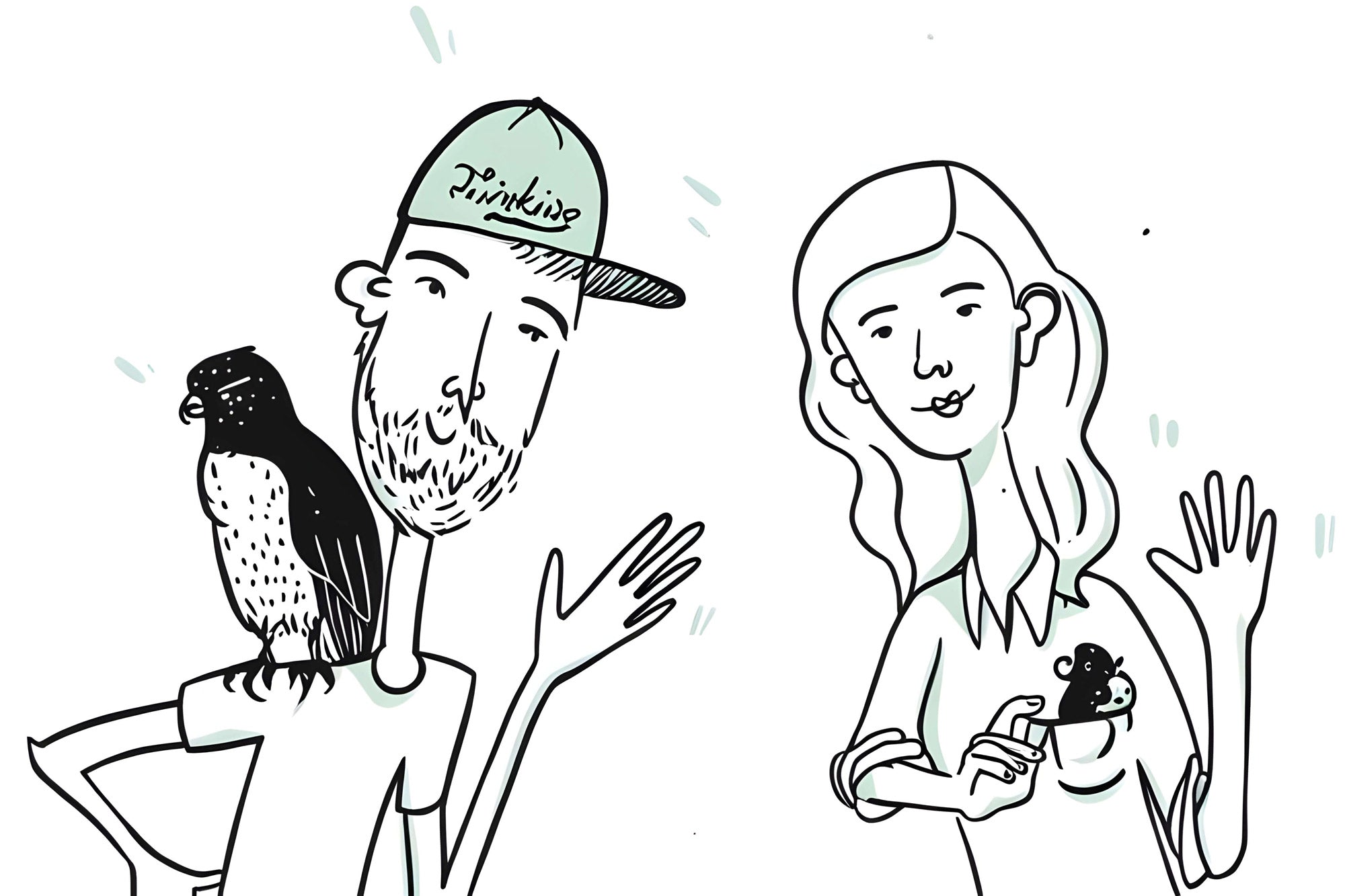
25 Bizarre and Inspiring Fun Facts About Christmas to Unwrap
The Christian holiday season is often painted in glittering lights and warm, fuzzy feelings, but Christmas has some truly unexpected and downright strange traditions. From space broadcasts to ancient pagan rituals, there's a lot more to this holiday than the usual cookies and carols. Let's take a look at some of the more surprising facts about Christmas that you might not know.
1. People in Japan Celebrate Christmas with KFC
In Japan, Christmas means fried chicken. Kentucky Fried Chicken (KFC) has become the default Christmas dinner, thanks to a successful 1970s marketing campaign. Families place their orders weeks ahead, because nothing says holiday spirit quite like a bucket of original recipe.
2. "Jingle Bells" Was the First Song Ever Broadcast from Space
In 1965, astronauts aboard Gemini 6 brought holiday cheer to the cosmos. They broadcast "Jingle Bells" as the first-ever song from space, making it clear that even in the vastness of the universe, catchy tunes still get stuck in your head.
3. British and German Soldiers Held a Christmas Truce During World War I
In 1914, during World War I, German and British soldiers held an unofficial ceasefire on Christmas Day. They sang carols, played soccer, and for one brief moment, remembered they were human beings rather than enemies. Then, they went right back to shooting at each other. Classic holiday spirit.

4. Krampus is Santa's Less Friendly Associate
Santa has a counterpart in Alpine folklore named Krampus. He’s a horned, demonic creature who punishes misbehaving children. Nothing says ‘Merry Christmas’ quite like a monster with goat horns ready to drag naughty kids into the woods.

5. Flammable Christmas Trees Were Once Decorated with Flaming Candles
Before electric lights, people decorated Christmas trees with candles. Because nothing says festive quite like putting open flames on a dead tree inside your house. Thankfully, Edward H. Johnson invented the first electric Christmas tree lights in 1882, saving countless homes and lives.
6. The Alleged Tomb of Saint Nicholas is in Turkey
The historical Saint Nicholas, who inspired Santa Claus, is said to be entombed in Demre, Turkey. So, while Santa’s spirit might fly around the globe, his body appears to be comfortably vacationing in the Mediterranean.

7. Decorating Trees Began with Ancient Germanic Tribes Honoring Odin
The tradition of decorating Christmas trees originates from early Germanic tribes, who honored Odin by decorating trees with fruits and candles. This ancient practice evolved into the modern Christmas tree, minus the worshipping Odin part (usually).
8. Mistletoe Was Once Used in Fertility Rituals
Kissing under the mistletoe might seem romantic, but its origins are rooted in ancient fertility rituals. The Norse, Celts, and Druids all considered mistletoe sacred. The Romans took it a step further with fertility rites. Today, it’s just an excuse to awkwardly kiss your crush at a holiday party. Fun Fact: Mistletoe is is considered a parasite.
9. The Pagan Tradition of Saturnalia Influenced Many Christmas Traditions
The festival of Saturnalia, celebrated by the Romans, was in late December, included feasts, gift-giving, and even role reversals between masters and slaves. If Christmas ever feels chaotic, just remember that at least no one's swapping social status for the day… though perhaps this was the influence for the Christmas film “Trading Places”.
10. The Christmas Ham Tradition Began with Norse Yule
The tradition of serving ham at Christmas comes from the Norse festival of Yule, where boar was sacrificed to honor the deity Freyr. Now, it's just a centerpiece on your holiday table, without the Viking sacrificial chanting.
11. Apollo 8 Astronauts Delivered a Christmas Eve Broadcast from Space
On Christmas Eve 1968, the Apollo 8 crew became the first humans to orbit the moon. They read from the Book of Genesis, beaming a message of peace to millions. It was one small step for space exploration and a giant reminder that we still had a lot of problems back on Earth.
12. Santa Claus Did Not Always Wear Red
Before Coca-Cola made Santa synonymous with red and white, he was often depicted in blue, green, or even purple. Different cultures had their own interpretations, making Santa something of a fashion chameleon before the soft drink brand got a hold of him.

13. Some Families Hide a Pickle on the Christmas Tree for Kids
Originally a German tradition known as Weihnachtsgurke, this practice has also become popular in America. In this festive custom, families hide a pickle (or a pickle-shaped ornament) on the tree, and the first child to find it on Christmas morning receives an extra gift or is said to have good luck for the coming year. It’s a bit of a weird tradition, but hey, who doesn’t like a bonus prize for finding a random pickle?
14. Fruitcake is the Most Re-Gifted Holiday Treat
Fruitcake is notorious for being the most re-gifted holiday treat. Its longevity is impressive, not because people eat it, but because they keep passing it along to the next unsuspecting relative. Bonus fun fact: Some fruitcakes have been known to remain edible even after decades; for example, a fruitcake left in Antarctica by explorer Robert Falcon Scott in 1910 is still considered edible today. (Yeah, and it’s probably delicious… not.)

15. The First Commercial Christmas Card Featured a Family Drinking Wine
The first Christmas card was sent in 1843, and it featured a family drinking wine together. Like the whole family, kids and all. Chugging wine. It is a far cry from today's wholesome holiday greetings, but it does prove that even Victorian families liked a bit of “liquid” cheer.

16. Spanish Children Leave Food and Drink for the Three Kings Instead of Santa
In the U.S., children leave out cookies for Santa. But in Spain, kids leave food and drink for the Three Kings. Different strokes for different folks, but either way, mythical gift-givers are clearly getting well-fed during their rounds.
17. Ukrainians Decorate Their Christmas Trees with Spider Webs
In Ukraine, families adorn their Christmas trees with spider webs instead of traditional decorations. This custom comes from a folktale about a poor widow who couldn't afford decorations, and on Christmas morning, her children found their tree covered in beautiful webs spun by sympathetic spiders. This is believed to bring good luck for the coming year.
18. People in Caracas, Venezuela, Roller Skate to Church for Christmas
In Caracas, Venezuela, it is customary for people to roller skate to church for the Misa de Aguinaldo (Early Morning Mass) during the week leading up to Christmas. This unique tradition is so popular that roads are often closed to accommodate the skaters.
19. Norwegians Hide Their Brooms on Christmas Eve
In Norway, people have a peculiar tradition of hiding their brooms on Christmas Eve. This practice is rooted in folklore that suggests witches and evil spirits come out on this night, and hiding brooms prevents them from stealing them for midnight rides (or quidditch?).
20. Italian Children Receive Gifts from La Befana the Christmas Witch
In Italy, children receive gifts not only from Santa Claus but also from La Befana, a witch who delivers presents on January 5th, the eve of the Epiphany. According to legend, she missed the chance to meet baby Jesus and now travels to give gifts to children as a form of penance.

21. Catalonians Beat a Log to Get Gifts
Catalonia (an autonomous community in Spain) features an unusual tradition involving a log known as Caga Tió. Families "feed" this log throughout December and then beat it with sticks on Christmas Eve while singing songs, expecting it to "defecate" treats and gifts for them.
22. Iceland Has a Yule Cat That Eats People Without New Clothes
Icelandic folklore includes a giant cat called the Yule Cat that prowls during Christmas time. It is said to eat those who do not receive new clothes for Christmas, encouraging everyone to buy new garments before the holiday.
23. Sweden Celebrates with a Yule Goat
Sweden celebrates with a tradition involving a large straw goat known as the Yule Goat, which has roots dating back to the 11th century. In modern times, towns erect giant versions of this goat, although they often become targets for vandalism.

24. Portuguese Families Set Extra Places for Deceased Relatives
During consoda, a traditional Christmas feast in Portugal, families sometimes set extra places at the table for deceased relatives. This practice symbolizes honoring those who have passed away and inviting their spirits to join the celebration. 🥺
25. South African Children Eat Fried Caterpillars for Christmas
In South Africa, children look forward to eating fried caterpillars during Christmas celebrations. These caterpillars, often the Sundried Emperor Moth caterpillar, are deep-fried to perfection and considered a festive delicacy. They are believed to bring good luck in the coming year.
Christmas traditions are nothing if not eclectic. From fried chicken dinners in Japan to hiding pickles in trees, the holiday is a strange mix of ancient rituals, modern marketing, and a touch of cosmic wonder. If this list left you curious, why not check out our fun facts about Halloween and see how that holiday's strange traditions stack up against Christmas? There's always something unexpected to learn.





